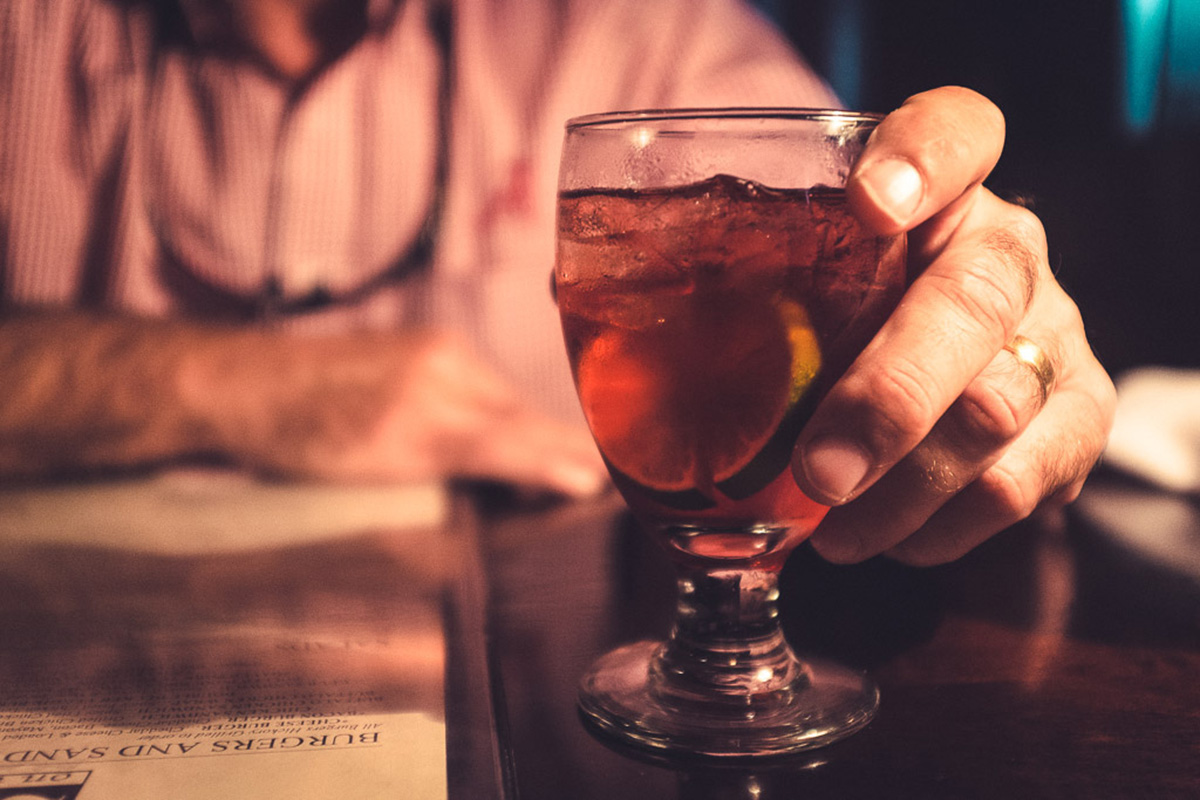Table of Contents
The Nurses' Health Study and the Health Professionals Follow-up Study offered some stark statistics of the increased risk of dying from cancer among heavy drinkers. Compared to people who never drinked alcohol at all, heavy drinkers (people who drink more than three alcoholic beverages per day) were:
- 44 percent more likely to develop colon cancer.
- 61 percent more likely to develop breast cancer.
- 165 percent more likely to develop cancer of the larynx.
- 395 percent more likely to develop squamous cell carcinoma of the esophagus.
- 413 percent more likely to develop cancers of the mouth and throat (oral and pharyngeal cancers).
However, drinking seemed to lower the risk of Hodgkin’s and non-Hodgkin’s lymphomas, and while the relative risk of developing cancer among heavy drinkers was high, the absolute risk of developing cancer among heavy drinkers offers a different perspective:

- In the United States, your absolute risk of developing colon cancer at some point during your lifetime is 4.95 percent. If you are a heavy drinker, it is 7.15 percent.
- Worldwide, if you are a woman, your lifetime risk of developing breast cancer is 12 percent. If you are a heavy drinker, it is 19.2 percent.
Still, even though the absolute risk of cancer is relatively low, if your family has a history of these cancers, or if you are a smoker, it can be worth considering cutting back on alcohol just to avoid cancer, especially if you have a family history of esophageal cancer or cancers of the mouth and throat.
Is There a Safe Amount of Alcohol Consumption?
The studies use a definition of a “drink” as any alcohol beverage than contains 14 g of alcohol. Different types of alcoholic beverages can have very different alcohol content. There are 14 g of alcohol in:
- 12 fluid oz (360 ml) of regular beer (5 percent alcohol),
- 8-9 fluid oz (240-270 ml) of malt liquor (7 percent alcohol),
- 5 fluid oz (150 ml) of wine (12 percent alcohol), or
- 1.5 fluid oz (45 ml) of 80-proof spirits, such as whiskey, rum, tequila, or vodka (40 percent alcohol).
Three or more of these choices every day clearly adds to the risk of cancer, but is there a safe middle ground between too much alcohol and no alcohol at all?
READ Alternative Treatments for Thyroid Cancer
Unfortunately, the data simply don’t show that any amount of alcohol is entirely safe for breast cancer. There are studies that find that risk of breast cancer goes up for women who consume as little as 10 g of alcohol (about 2/3 of a drink) daily. For other kinds of cancer, however, and for men, the data are a little fuzzier. It’s possible that one drink per day is not detrimental for males or for women who have passed menopause.
It probably doesn’t make any difference what kind of alcohol you drink. At one time researchers thought that beer raised the rates of rectal cancer among Irish and Swedish brewery workers, and the custom of drinking hot apple cider raised the rates of esophageal cancer in Normandy in France. However, later studies disproved these associations, and all kinds of alcohol probably have very similar effects.
- Rehm J, Shield K. Alcohol consumption. In: Stewart BW, Wild CB, eds. World Cancer Report 2014. Lyon, France: International Agency for Research on Cancer
- 2014.
- Photo courtesy of scragz: www.flickr.com/photos/scragz/152636264
- Photo courtesy of Chandler Collins: www.flickr.com/photos/chandlercollins/9805395023/
- Photo courtesy of scragz: www.flickr.com/photos/scragz/152636264
- Infographic by SteadyHealth.com
- Infographic by SteadyHealth.com
- Infographic by SteadyHealth.com


Your thoughts on this